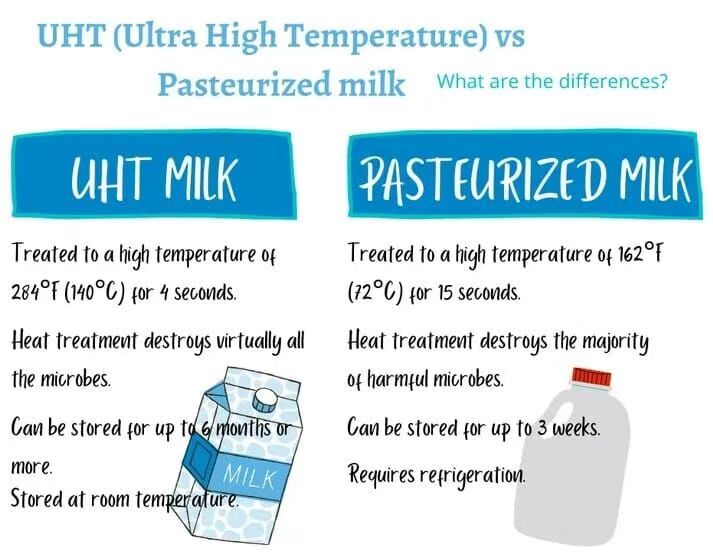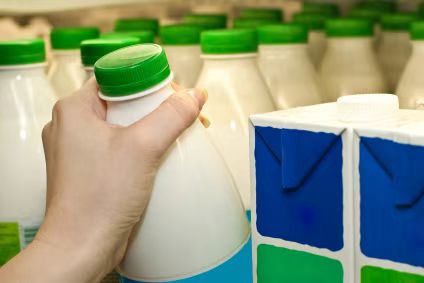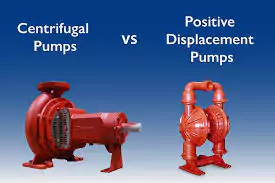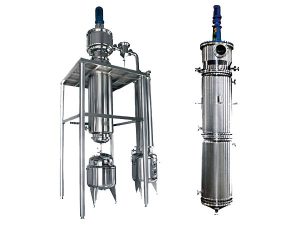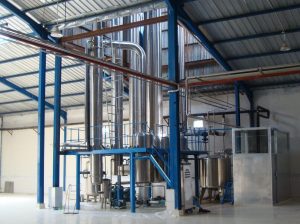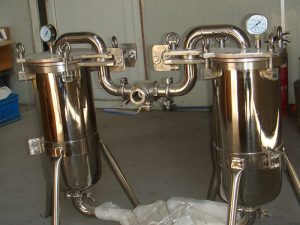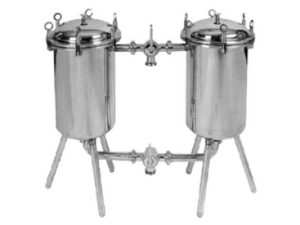Maintaining cleanliness in dairy processing is essential for producing safe and high-quality products. Proper cleaning of dairy equipment not only ensures the safety of dairy products but also helps maintain the equipment’s longevity and operational efficiency. However, the dairy industry faces several challenges in keeping equipment hygienic due to the nature of milk residues and the complexity of machinery.
Table of Contents
ToggleWhy Cleaning of Dairy Equipment is Critical
Dairy equipment comes into contact with milk and other dairy products, which contain organic materials like fats, proteins, and sugars. If not properly cleaned, these residues can harbor harmful bacteria and lead to product spoilage, off-flavors, and health risks for consumers. Moreover, mineral deposits such as calcium and magnesium salts can build up as milkstone, damaging equipment and reducing efficiency.
Effective cleaning prevents microbial contamination, ensures compliance with food safety regulations, and preserves product quality, making dairy cleaning equipment a vital part of any dairy operation.
Cleaning Methods in the Dairy Industry
There are two primary cleaning methods in the dairy industry: manual cleaning and automated cleaning.
-
Manual Cleaning: Involves disassembling equipment and physically scrubbing surfaces with detergents and brushes. While sometimes necessary, manual cleaning is labor-intensive, time-consuming, and less consistent.
-
Automated Cleaning: Most modern dairies prefer Cleaning in Place (CIP) in the dairy industry, a method that cleans equipment internally without disassembly. CIP systems reduce labor, improve cleaning consistency, and minimize downtime.
Why CIP is Preferred Over Manual Cleaning
CIP offers several advantages:
-
Thorough and consistent cleaning of hard-to-reach areas
-
Reduced risk of contamination during cleaning
-
Time and labor savings
-
Improved safety by minimizing direct contact with chemicals
For these reasons, CIP has become the industry standard for cleaning of dairy equipment.
The CIP Cleaning Process Step-by-Step
The CIP cleaning process typically follows five crucial steps to ensure equipment is free of residues and bacteria:
| Step | Description |
|---|---|
| Product Residue Recovery | Drain remaining milk and residues immediately after production to prepare for cleaning. |
| Pre-rinse with Water | Rinse with warm water (below 55°C) to remove fats and proteins without causing coagulation. |
| Detergent Cleaning | Circulate detergents: alkaline for organic soils, acid for mineral deposits; control time and temperature. |
| Rinsing and Acid Rinse | Rinse with softened water to prevent limescale; use acid rinse to remove deposits and inhibit bacteria. |
| Disinfection | Use thermal (hot water/steam) or chemical disinfectants (chlorine, iodophors, hydrogen peroxide) to kill microbes. |
Product Residue Recovery and Initial Draining
Immediately after production, remaining milk and residues are drained from the equipment. Removing bulk residues reduces product loss and prepares surfaces for effective cleaning.
Pre-rinse with Water
A warm water rinse (usually below 55°C) removes most of the milk fats and proteins. Temperature control is essential to prevent protein coagulation, which makes residue harder to remove. Pre-rinsing helps wash away up to 90% of residues before detergent cleaning.
Detergent Cleaning
Detergent solutions are circulated to dissolve and detach stubborn residues. Alkaline detergents, often combined with surfactants, are effective on organic soils like fats and proteins. Acid detergents remove mineral deposits like milkstone. Proper detergent concentration, temperature, and cleaning time are critical for optimal results.
Rinsing with Softened Water and Acid Rinse
Following detergent cleaning, thorough rinsing with softened water prevents limescale formation. Acid rinses (using phosphoric or citric acid) lower pH and remove any remaining deposits. This step also inhibits bacterial growth by creating a less favorable environment.
Disinfection Methods (Thermal and Chemical)
Finally, equipment is disinfected to kill any residual microorganisms. Thermal disinfection uses hot water or steam, while chemical disinfectants include chlorine compounds, iodophors, or hydrogen peroxide. Proper disinfection ensures the highest hygiene standards, especially important for products like UHT milk.
Conclusion
Effective cleaning of dairy equipment is essential for food safety, product quality, and operational efficiency in the dairy industry. While manual cleaning has its place, cleaning in place in dairy industry systems have revolutionized hygiene maintenance by providing automated, consistent, and thorough cleaning.
Choosing the right dairy cleaning equipment and dairy cleaner, following the correct CIP steps, and maintaining safety protocols will ensure your dairy operations meet industry standards and deliver safe, high-quality dairy products every time.

